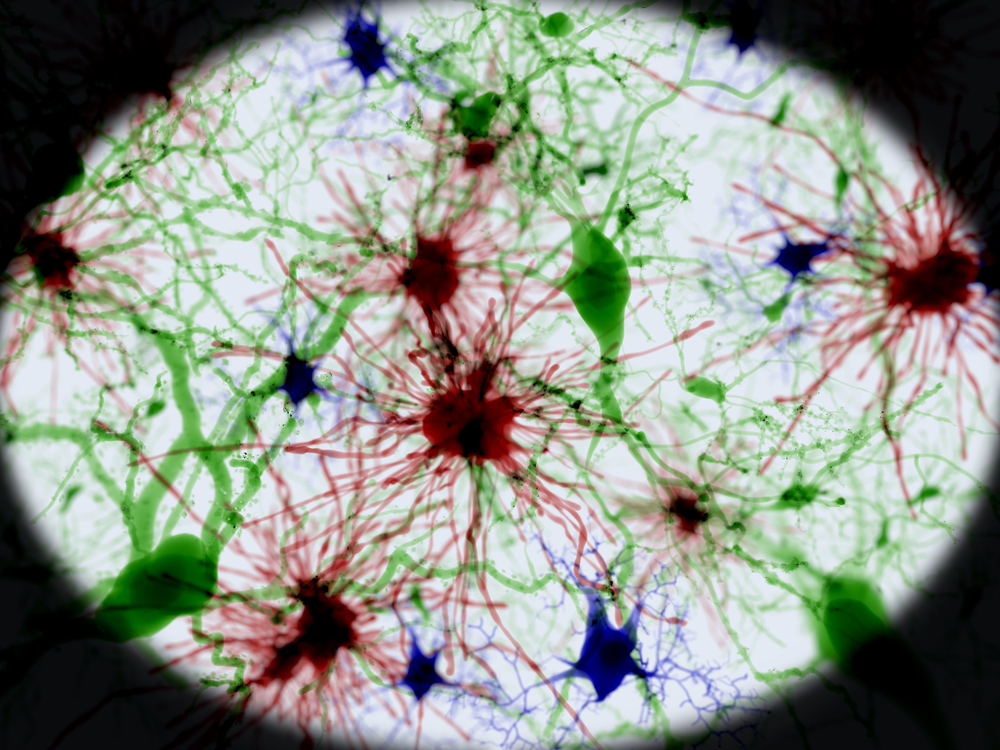Study Identifies Promising Molecule for Therapy of Gaucher, Parkinson’s Diseases
Written by |

National Institutes of Health researchers found a molecule that might one day be used as a treatment for Gaucher and Parkinson’s diseases. The research paper, “A New Glucocerebrosidase Chaperone Reduces α-Synuclein and Glycolipid Levels in iPSC-Derived Dopaminergic Neurons from Patients with Gaucher Disease and Parkinsonism,” was published in the Journal of Neuroscience.
In Gaucher disease, glucocerebroside, which is a type of fatty substance, accumulates in cells and does not get broken down by lysosomes, cellular structures that break down molecules. People with Gaucher disease consequently have fatigue, bruising, anemia, and enlarged organs, among other symptoms. The disease is caused by mutations in the GBA1 gene and it is considered a significant risk factor for Parkinson’s. Neuroinflammation is found in some forms of Gaucher disease.
Dr. Elma Aflaki, PhD, made stem cells from the skin cells of Gaucher patients, including those with and without Parkinson’s disease. She then used a special procedure known to turn the stem cells into neurons, the information-processing cells of the nervous system.
The scientists found that neurons from people with both Gaucher and Parkinson’s disease had high levels of alpha-synuclein, the toxic protein that is already known to cause damage in Parkinson’s.
In the next step of the research, Dr. Wei Zheng identified the molecule NCGC607, which can act on glucocerebroside. In the patients’ stem-cells-turned-into-neurons, NCGC607 reduced both glucocerebroside and alpha-synuclein, showing promise for treatments for both Gaucher and Parkinson’s disease.
The researchers will continue to study NCGC607 to see if it can be turned into a drug that can be given to humans.
“Until now, drugs used to treat Gaucher disease have not been able to enter the brain and reach those neurons that are affected in the most severe forms of Gaucher disease or in Parkinson’s disease,” Dr. Ellen Sidransky, MD, senior investigator of the NIH’s National Human Genome Research Institute (NHGRI), said in a news release.
“It’s really exciting to have found a molecule that theoretically could be widely available to treat people with these diseases. However, there’s a long distance between identifying this molecule and having an approved drug,” she said. Sidransky has researched Gaucher disease for 28 years. In 2001 she found that Gaucher disease and Parkinson’s disease are related conditions.
“This research constitutes a major advance,” added Dr. Daniel Kastner, MD, PhD, NHGRI scientific director and director of the institute’s Division of Intramural Research. “It demonstrates how insights from a rare disorder such as Gaucher disease can have direct relevance to the treatment of common disorders like Parkinson’s disease.”



